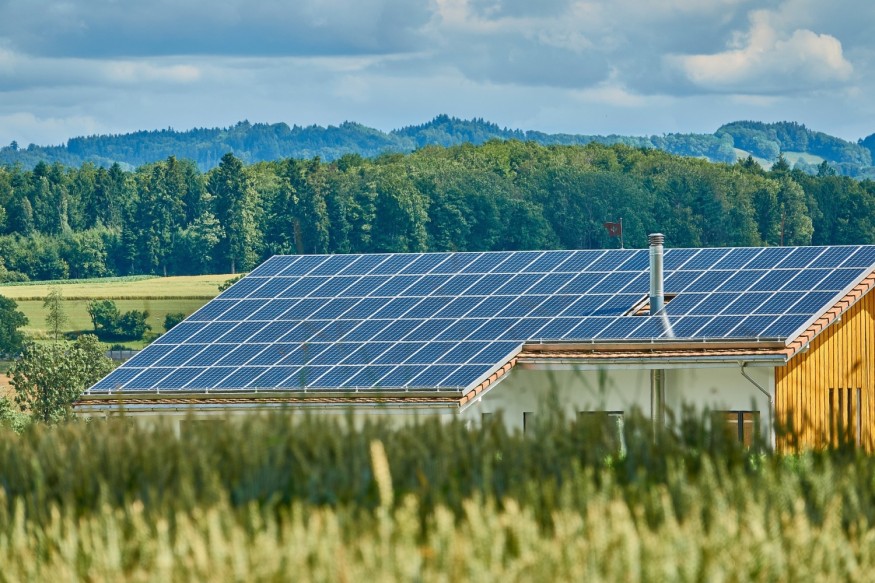A new analysis reveals that moving rows of solar panels farther apart can increase efficiency. It can also improve economics in certain instances by allowing greater airflow to whisk away some heat.

Analysis Reveals Solar Panel Spacing Impact on Airflow
Tech Xplore wrote that the analysis went beyond the present operational hypotheses, which only consider the quantity of sunlight, wind speed, and ambient temperature.
Keep in mind that solar panels generate electricity by catching the sunlight. However, the added heat may somewhat reduce their power output.
According to Matthew Prilliman, a researcher at the National Renewable Energy Laboratory (NREL), the system's configuration, including how far apart the modules are placed, their angles, and their heights off the ground, all have an impact on airflow. Prilliman is a specialist in simulating photovoltaic (PV) system performance.
PV System Performance Based on Temperature
The impact of temperature on a PV module's electrical output is second only to the amount of sunlight it receives, according to a study published in the IEEE Journal of Photovoltaics. A module's maximum power output decreases by 0.3% to 0.5% for every degree the temperature rises. The module's temperature is primarily influenced by sunlight, with the wind speed having a minor impact.
Based on the NREL System Advisor Model, the analysis showed that a larger gap between rows would enhance a PV system's performance by allowing airflow to cool the solar modules. Prilliman claimed that few previously employed computer models considered the modifications in heat transmission brought on by variations in how an array is built.
Relevance of Spacing to Agrivoltaics
The research could be particularly relevant to the growing field of agrivoltaics, in which crops are planted adjacent to or below solar panels. The changing land usage for different layouts would affect the placement of crops, which could, in turn, also affect wind flow.
Increasing spacing could allow for the use of more types of crops and agricultural machinery in agrivoltaic systems, according to Jordan Macknick, the director of another NREL research project on agrivoltaics. This might make these dispersed solar systems more affordable and suitable for industrial-scale agriculture.
The amount of ground-reflected light reaching a solar module rises with increasing panel distance, while the incidence of modules shading one another falls. Additionally, the wider spacing permits more wind flow, which may lead to lower module temperatures and higher energy output.
ALSO READ: Reverse Solar Panel Generates Electricity Without Sunlight by Emitting Heat to Cold Night Skies
Cost of Spaced Solar Panels
Because every PV system is unique and depends on regional conditions, the researchers did not determine the ideal panel spacing. However, they noted that in locations with low yearly average temperatures and moderate to high annual average wind velocity, the largest increases occurred.
The researchers discovered that greater spacing between rows results in higher costs. Notably, more acreage is required when the arrays are spread out further. Additionally, as the arrays are dispersed farther apart, wire expenses rise. Importantly, the researchers found that the advantages exceed the disadvantages in many instances.
RELATED ARTICLE : Solar Panel Recycling Problems May Be Finally Solved; Here's How
Check out more news and information on Technology in Science Times.
© 2025 ScienceTimes.com All rights reserved. Do not reproduce without permission. The window to the world of Science Times.












